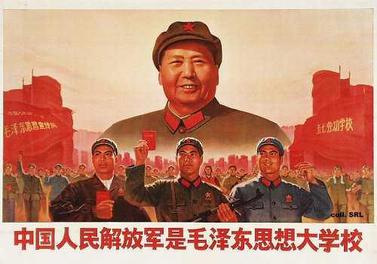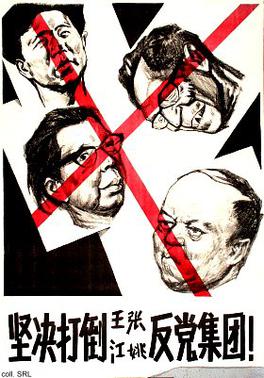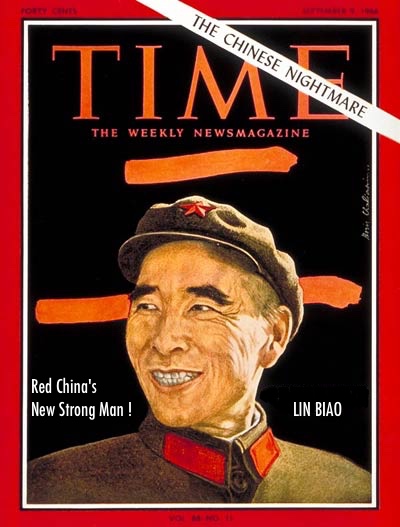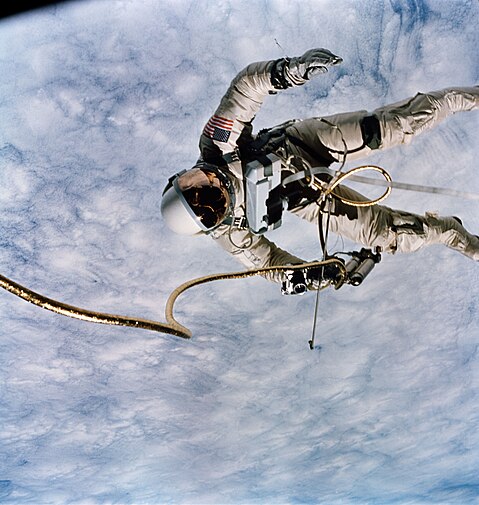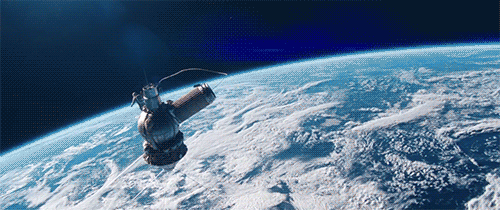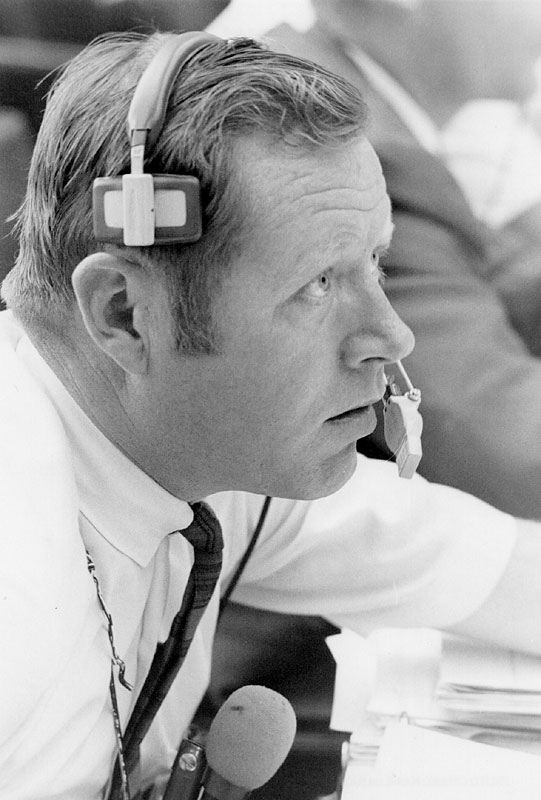Soyuz 3: First Men Round the Moon
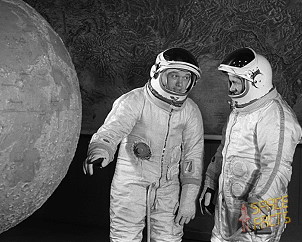
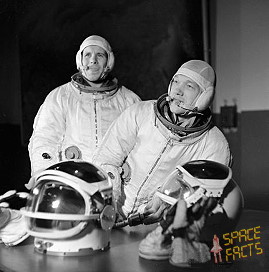
By fall 1968 the Soviet Manned Spaceflight Program was finally regaining it's footing after the completion of the Vostok Program forced them to develop new hardware in their long term plans for space superiority. The very public successes of the Soyuz 1 & 2 low Earth orbit docking missions along with the "Kosmos" unmanned circumlunar flights had given engineers sufficient confidence in the N-2 rocket and Soyuz spacecraft to launch a manned flight around the Moon. Although initially several spacecraft systems that were later used on the Soyuz failed during the in-flight testing phase on Vostok flights, the upgrades and modifications made to them were successesfully demonstrated during the seven day Soyuz 1 & 2, Soyuz 3 & 4 and Soyuz 5 & 6 flights. Although Zond 8 would be much more ambitious, it would also be a simpler mission. After five years of development, experimentation, testing and research the Soviets were convinced that they were ready for a circumlunar flights.
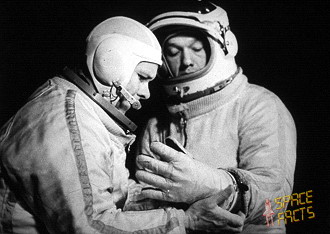
Meanwhile the CIA was keeping a close eye on the activities of the Soviets. The American Space Program was falling behind after NASA's temporary lead over the Soviets during the Gemini Program ended. The tragic losses of four American Astronauts (one on an X-15 flight, three on Apollo-1) had made NASA significantly more cautious and delayed plans for manned testing of Apollo hardware, Giving the Soviets time to take center stage. The CIA warned that a Soviet flight around the Moon by the end of the year was imminent.
But NASA estimation for Apollo safety modification, it would take at least another months before Apollo 7 could safely launch on it's Low Earth Orbital test mission.
Aleksei Arkhipovich Leonov, Oleg Grigoryevich Makarov were given the assignment for the first trip around the Moon. The N-2 "Proton" rocket was readied for launch, this would be the first time it ever launched with a human crew. The launch escape tower had been demonstrated time and time again by the dedicated Soviet Space Agency. In retrospect it's apparent that the degree of centralized dedication towards this first goal (to the exclusion of other projects) is likely what allowed the Soviets to proceed so rapidly.
On September 15, 1968 the cosmonauts stepped up to the tower and entered the largest and most powerful rocket humans had yet flown on. They looked up at the Moon in the distance, and ascended at a remarkable acceleration. As Americans were preparing for festivities and celebration for Christmas, Comrade Paver Tsybin was hard at work ensuring his men got home in time for the Russian new year celebration.
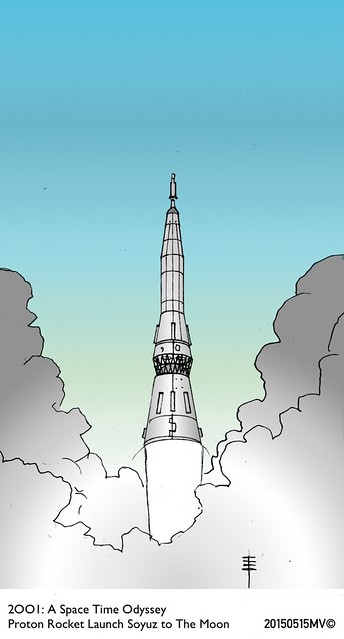
As the crew climbed out of the Earth's gravity well the Earth shrank, becoming smaller and smaller. Despite the magnificent size of their homeland, 14 Republics spanning 2 continents, the men felt small, very small indeed. Such significant effort was put by the engineers involved in the programme to ensure the reliability of the life support system that other systems such as the waste disposal system was neglected. This became "an unfortunate nuisance" mid flight, the fact this failure was publically disclosed was a testament to the liberalization in freedom of the press that had been taken in the Soviet Union.
Soyuz 3 entered the Moon's gravitational influence on September 18. While numerous black and white photographs were taken, few color ones were captured although the few that were soon were printed across all the popular magazines and newspapers in the Eastern & Western Blocs (such as Time, Life, the New York Times, Pravda and Krasnaya Zvezda).
Communications blackout occurred as the cosmonauts were flung by the moon's gravity around it's backside as predicted. For the first time the far side of the Moon's landscape (although previously mapped by robotic precursors) was finally glimpsed by man's own eyes. Emerging from the farside of the Moon, witnessing the rise of the Earth over the lunar horizon mission Pilot Leonov announced to the world the now famous phrase by the Russian father of the Space Age Konstantin Tsiolkovsky.
Man will not always stay on Earth; the pursuit of light and space will lead him to penetrate the bounds of the atmosphere, timidly at first, but in the end to conquer the whole of solar space.
The moment was far from spontaneous, the timing was precisely calculated in advance from Moscow mission planners and the cosmonauts were working off a script but that didn't detract from the awe of the moment in the slightest. Nothing could help the feeling, both for those watching the television broadcast and those around the Moon, that this was just the beginning of something much greater.
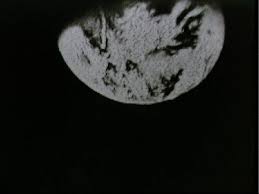

The magic of the moment subsided as the cosmonauts began falling unstoppably back towards the Earth. In a way they had never really escaped the pull of the Earth's gravity, for although they had the energy to climb out of Low Earth Orbit, they did not have the energy to slow down into a lunar orbit let alone the energy necessary to come back from such an orbit (similer in a way, to the early Suborbital flights of the Mercury & X-15, capable of leaving Earth's atmosphere but unable to stay). After just a few hours of gazing at the magnificent desolation of the Moon, the wanderers were dragged back by the unstobable power of gravity.
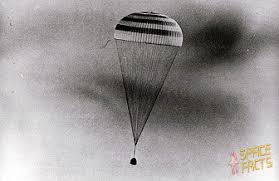
The landing on 22 September was anything but graceful as the momentary failure of the Service Module to detach from the descent module nearly resulted in mission failure and loss of the entire crew and spacecraft. The temporarily uncontrolled re-entry had mission control preparing for the worst. Thankfully the searing heat of re-entry soon solved that problem before the cosmonauts faced yet another obstacle, the failure of the retro-rockets. Although the parachutes worked as planned, this was not enough to ensure a soft landing and so the Descent module rammed into the ground at nearly 12 m/s. After the high g-forces experienced by re-entry this resulted in serious injuries to both cosmonauts including broken teeth, concussions, multiple fractures and broken bones and serious bleeding. The late arrival of the rescue team and the isolation of their landing site confounded the risk to the cosmonauts. Plans of parades and world tours were put on hold. Rumors floated among the western press that the spacecraft had crashed and that the cosmonauts had died. Despite the appearance of the injured heroes of the Soviet Union on State TV, conspiracy theories to this effect persist to this day.
Despite all the sacrifice the entire mission accomplished almost nothing scientifically, much to the dismay of the Soviet Academy of Sciences. Rather Zond 8, like Soyuz 1 & 2, was an engineering demonstration mission aimed at proven all the critical mission systems for that more ambitious goal of having the Soviet flag standing proudly on the lunar surface. The cosmonauts meanwhile celebrated their parade a year later on the anniversary of their safe return. Rather than admitting the engineering mistakes the Soviet press played off the cosmonauts as Heroes of the USSR, willing to take any amount of injury and sacrifice for the exploration of the Cosmos and the Pride of the Motherland. Several earth orbital and lunar missions brought the Soviets within spitting distance of a lunar landing from the standpoint of the American public.
Post-Vostok Soviet Manned Space Programme
November 28, 1966: Kosmos-133, Unmanned test, failure
December 14, 1966: Kosmos 134 explosion on Pad. 1-killed.
April 23, 1967: Kosmos 156 launch (Total failure), launch of Kosmos 157 scrubbed, .
September 27, 1967: Zond 4, Successful unmanned circumlunar, L1-guidance system fails, self-destruct. (finally Parachute working)
November 22, 1967: Zond 5, Successful unmanned circumlunar, L1-guidance system fails, self-destruct.
November 27 & 29, 1967: Soyuz 1 & 2, manned rendezvous/docking, EVA crew exchange, four cosmonauts. Komarov, Bykovsky, Khrunov, Yeliseyev.
February 16, 1968: Soyuz 3 & 4, manned rendezvous/docking, EVA crew exchange, four cosmonauts. Crew Gagarin*, Nikolayev, Gorbatko, and Kubasov
March 2, 1968: Zond 6, Successful unmanned circumlunar, L1-guidance system succeeds. Animals recovered.
April 23, 1968: Zond 7, Successful unmanned circumlunar L1-guidance system succeeds. Second fully successful mission. Animals recovered.
July 21, 1968: Planned Unmanned Launch, Block D stage explosion on Pad. 3-killed.
September 15, 1968: Zond 8, Manned circumlunar flyby, two cosmonauts, 1500 km closest aproach. Crew Bykovskiy, Rukavishnikov
October 11, 1968: Soyuz 5 & 6, manned rendezvous/docking, EVA crew exchange, four cosmonauts. Crew Shatalov, Volynov, Shonin, Volkov
November 10, 1968: Zond 9, Manned Circumlunar flyby, two cosmonauts, 1110.4 km closest aproach. Crew Leonov, Makarov
January 20, 1969: Zond 10, circumlunar flyby.
